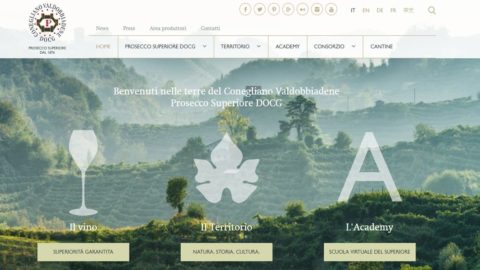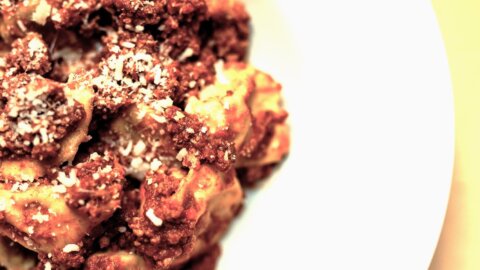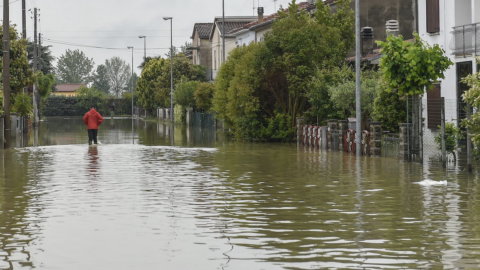Glyphosate banned throughout the area of the Conegliano Valdobbiadene Consortium, home of Prosecco, protagonist of Made in Italy in the world. The discussed and feared herbicide can no longer be used in what can be considered the largest area in Europe that has banned the use of the chemical substance under discussion not only in Italy but also abroad. This is established by the Viticultural Protocol of the Consortium for the protection of Prosecco Conegliano Valdobbiadene Docg, presented in Treviso. The decision, the cornerstone of the sustainability activity of the Conegliano Valdobbiadene Prosecco Consortium, is much stricter than the Italian and European regulations in force which still allow the use of the herbicide albeit imposing quantitative limits. This result, a source of pride for Treviso winemakers, was achieved after a long process involving the local administrations of the 15 Municipalities of the Denomination and the Protection Consortium.
“This edition of the Viticultural Protocol is of great importance to us” said Innocente Nardi, President of the Protection Consortium “First of all because the ban on the use of glyphosate makes our indications to companies increasingly necessary on alternative vineyard management, such as for example mechanical mowing. But above all we consider the no to glyphosate, imposed by the administrations of the Denomination, a goal achieved thanks to the constant dialogue between the Consortium and the latter. Our territory is a laboratory of environmental sustainability unique in Italy for its ability to include the subjects involved. Further evidence of this synergy is the progressive adoption by all the Municipalities of the Denomination of the indications of the Viticultural Protocol of the Consortium to draw up the individual municipal rural regulations”.
The path of the Viticultural Protocol starts in 2011. The first objective was to progressively eliminate practices and molecules considered too impactful for the environment - even if allowed by Italian and European regulations - and on the other hand to promote forms of agriculture that are as least invasive as possible by anticipating the path by several years virtuous towards sustainability. The publication of the Protocol and its dissemination among the 185 companies that adhere to the Protection Consortium have helped to establish agronomic sustainability issues among local farmers over the years.
The next step will be the SQNPI Certification (National Integrated Production Quality System) of the Conegliano Valdobbiadene Prosecco DOCG Denomination Farms, for which all the necessary documentation is already being prepared. It is a system that considers all the means of production and defense of crops from adversity, capable of minimizing the use of synthetic chemicals in the vineyard and rationalizing the practice of fertilization.
Already in 2013 the Protocol had excluded all formulations containing products based on Folpet, Mancozeb, Dithianon, and various other substances that the law would have allowed to use, as happened later in 2016. In 2018, the decision was taken by the local administrations to ban glyphosate. With this edition, we enter the implementation phase of the no to glyphosate and reaffirms the need for integrated pest management by providing some implementation tools.
The next step will be the SQNPI Certification (National Integrated Production Quality System) of the Conegliano Valdobbiadene Prosecco DOCG Denomination Farms, for which all the necessary documentation is already being prepared. It is a system that considers all the means of production and defense of crops from adversity, capable of minimizing the use of synthetic chemicals in the vineyard and rationalizing the practice of fertilization





